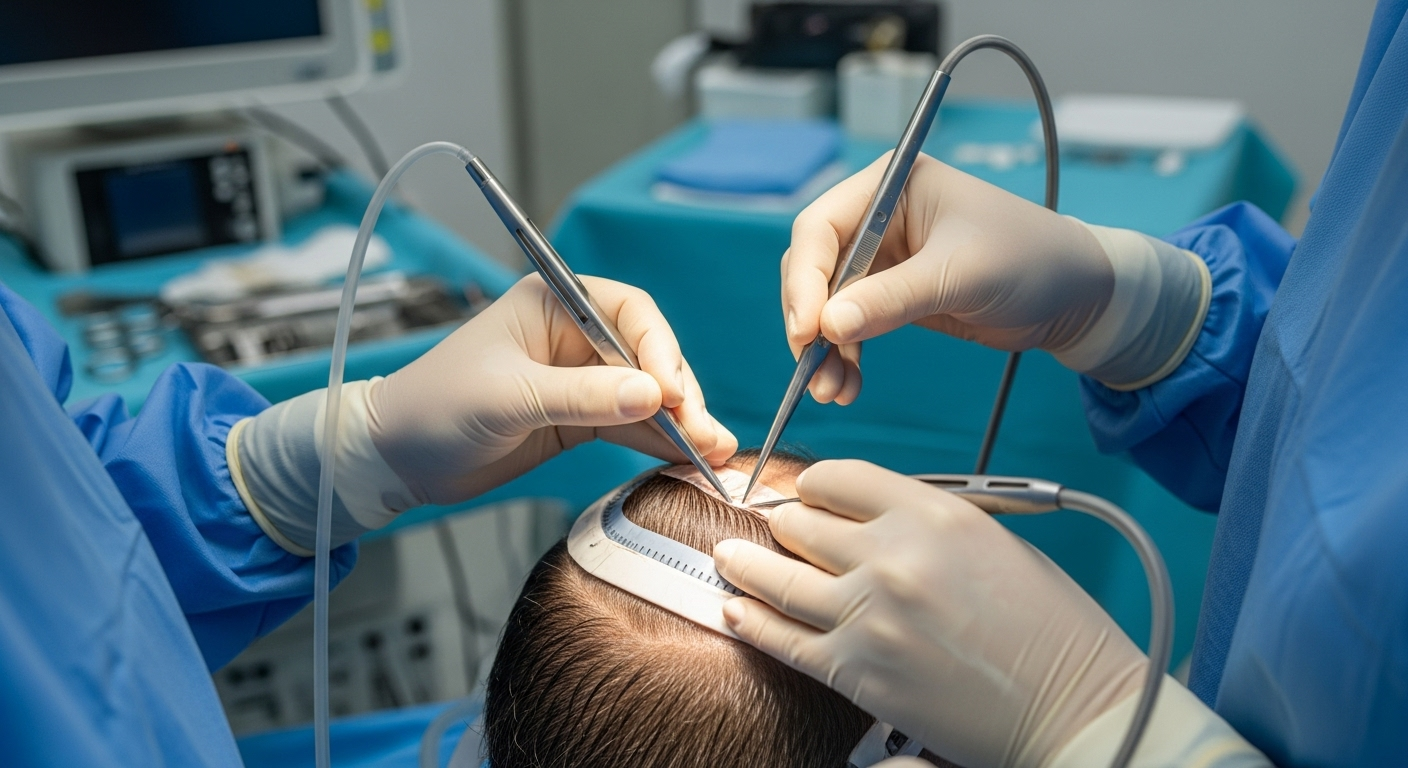Rhinoplasty Explained: The Art and Science Behind Nose Surgery
Rhinoplasty, often called a nose job, reshapes or reconstructs the nose to improve appearance and function. Learn how rhinoplasty can correct size, shape, symmetry, and breathing issues, the different surgical approaches, recovery expectations, risks, and typical cost ranges to help you decide.

Rhinoplasty, commonly known as a nose job, is a surgical procedure that reshapes or repairs the nose to meet cosmetic goals and correct functional problems. Combining surgical precision with an aesthetic eye, rhinoplasty can enhance facial balance, restore nasal function, and address deformities from birth or injury. Understanding what the procedure can achieve, the available techniques, the patient journey, possible complications, and cost considerations helps anyone considering nasal surgery make an informed choice.
What rhinoplasty can address
Rhinoplasty is versatile and can treat many concerns, such as:
- Decreasing or increasing overall nasal size
- Modifying the bridge or tip contour
- Narrowing wide nostrils
- Correcting asymmetry or irregularities
- Resolving breathing problems caused by structural issues like a deviated septum
Surgeons tailor each operation to the patient’s anatomy and goals, often combining cosmetic changes with functional corrections.
Why people seek rhinoplasty
Individuals pursue rhinoplasty for both aesthetic and medical reasons. Common motivations include enhancing facial proportion (a well-shaped nose can harmonize other features), improving self-confidence, repairing congenital defects or trauma, restoring or improving airflow, and revising the results of a prior procedure. For many, the surgery provides both physical improvements and psychological benefits.
Approaches and specialized procedures
There are two primary surgical approaches:
-
Open rhinoplasty: A small incision is made across the columella (the strip of tissue between the nostrils), allowing the surgeon to lift the skin and directly visualize the nasal framework. This method offers excellent exposure and is often chosen for more complex reshaping.
-
Closed rhinoplasty: All incisions are hidden inside the nostrils, leaving no external scar. This approach may be suitable for less extensive changes and can result in reduced swelling and a shorter initial recovery.
Specialized variations include:
- Ethnic rhinoplasty: Designed to respect and enhance ethnic facial features while achieving the patient’s goals.
- Revision rhinoplasty: Performed to correct or improve the outcomes of a prior nose surgery; typically more challenging due to scar tissue and altered anatomy.
- Non-surgical rhinoplasty: Uses injectable fillers to temporarily adjust contours; it’s a non-permanent option for minor corrections and contouring but cannot reduce nasal size or correct internal structural problems.
The rhinoplasty process: what to expect
-
Consultation: A thorough evaluation with a board-certified plastic or facial surgeon includes reviewing medical history, discussing desired outcomes, and examining nasal structure and facial proportions. Photos and digital simulations may be used to plan the surgery.
-
Preparation: Preoperative instructions often include medical testing, avoiding certain medications, and stopping smoking well before the operation to promote healing.
-
Surgery: Rhinoplasty is commonly done under general anesthesia. Procedures usually last between one and three hours, depending on complexity and whether functional corrections (like septoplasty) are performed concurrently.
-
Recovery: Initial healing typically takes 1–2 weeks. Patients usually wear a nasal splint for the first week and experience swelling and bruising around the eyes and nose. Many return to work or school after about 7–10 days, but strenuous activity should be avoided for several weeks.
-
Follow-up: Regular postoperative visits allow the surgeon to monitor healing. Swelling decreases gradually; subtle refinements may continue to appear for up to a year as tissues settle.
Risks and potential complications
While rhinoplasty is generally safe when performed by an experienced, qualified surgeon, risks exist. These can include infection, bleeding, adverse reactions to anesthesia, visible or internal scarring, breathing difficulties, unsatisfactory cosmetic outcomes, nasal septum perforation, and the possibility of needing revision surgery. Choosing a board-certified professional with extensive rhinoplasty experience reduces risk and improves the likelihood of a favorable result.
| Provider | Estimated Cost Range | Key Features |
|---|---|---|
| Board-Certified Plastic Surgeon | $5,000 - $15,000 | Personalized surgical plan, full pre- and post-op care |
| Facial Plastic Surgeon | $6,000 - $20,000 | Expertise in facial aesthetics, advanced rhinoplasty techniques |
| ENT (Ear, Nose & Throat) Surgeon | $4,000 - $12,000 | Strong focus on nasal function and airway restoration |
| Medical Tourism Package | $3,000 - $8,000 | Lower price points, travel and accommodation bundled (higher risk factors) |
Prices, rates, or cost estimates mentioned in this article are based on the latest available information but may change over time. Independent research is advised before making financial decisions.
Making the decision
Deciding on rhinoplasty should involve realistic expectations, careful surgeon selection, and a clear understanding of the recovery timeline and potential outcomes. Meet with qualified surgeons, review before-and-after photos, ask about their experience with cases similar to yours, and discuss both cosmetic goals and functional needs.
Rhinoplasty can have a significant impact on appearance and nasal function when planned and executed well. For those considering this surgery, informed discussions with a qualified professional are the best next step.
This article is for informational purposes only and should not be considered medical advice. Please consult a qualified healthcare professional for personalized guidance and treatment.






